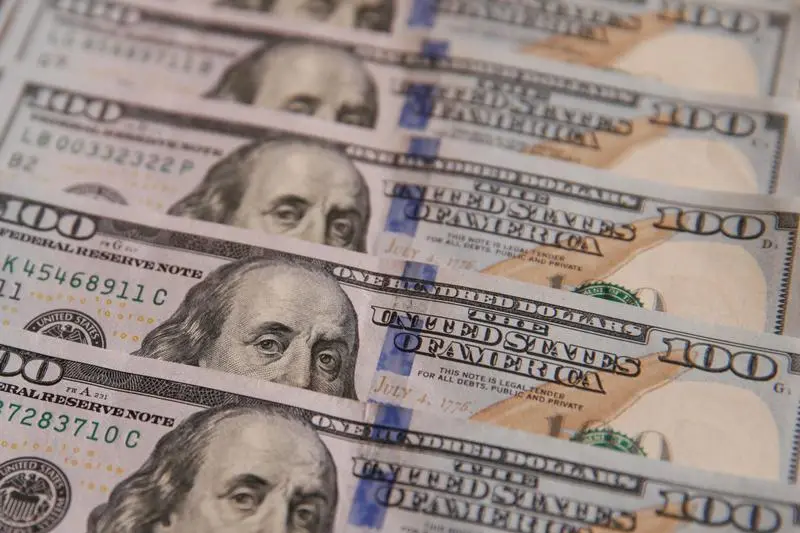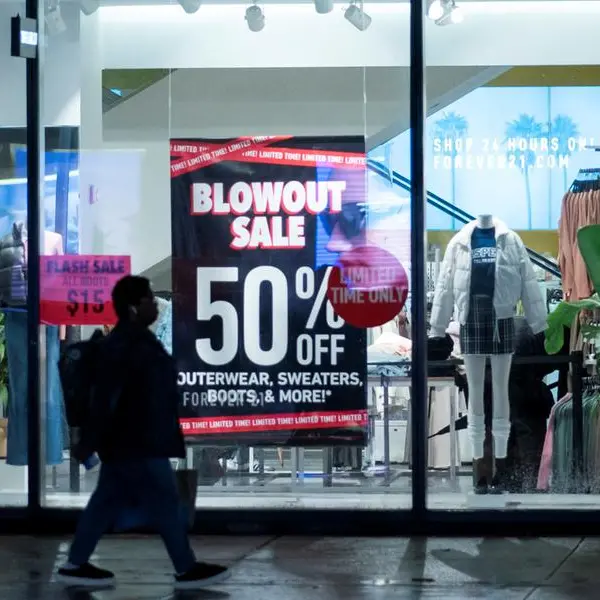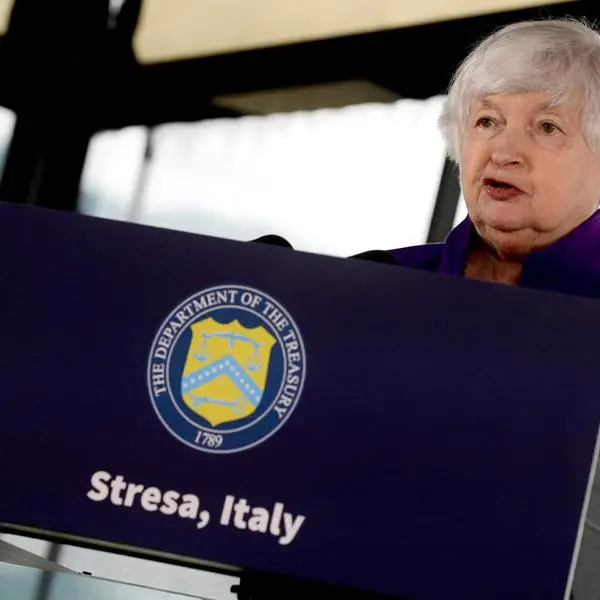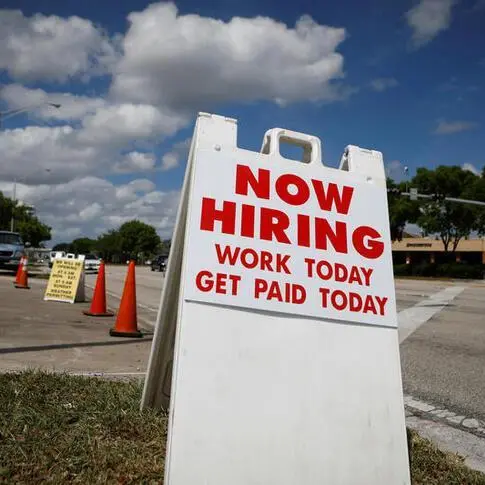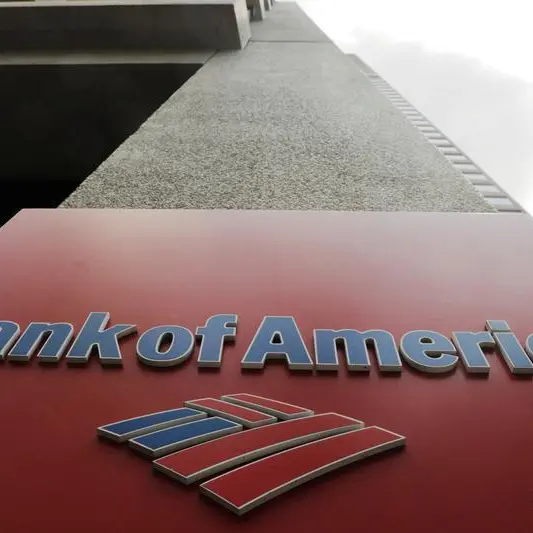PHOTO
The richest Americans are emerging from the coronavirus pandemic with their share of wealth and income on the rise again despite some thought that the tight job market and hefty wage gains spawned by the crisis might narrow the gulf between rich and poor.
Recent data from the Federal Reserve shows the top 1% of households by income held roughly 26.5% of household net worth at the end of June, up about 1.5 percentage points since 2019, the year before the pandemic bounced the economy between recession, massive government stimulus and high inflation.
New estimates from the U.S. Census Bureau, similarly, show the share of income going to the top 5% grew from 2019 through 2022 - to 23.5% from 23% - extending a trend dating from the 1980s that has given the highest earners greater fodder to build even more wealth.
For the bottom 40% by income that means a smaller slice of the pie even as their net worth has risen at the swiftest pace in years. While the collective net worth of the bottom one-fifth was up 27% to $4.2 trillion at the end of the second quarter from $3.3 trillion in 2019, their share of the country's wealth shrank to 6.7% from 7% during that time.
After a tumultuous period in which labor market leverage seemed to swell among lower-income families and less educated workers, with double-digit wage increases offered by companies struggling to fill less-skilled positions amid a broad worker shortage, the latest data shed a different light on what that has meant.
"If you think they have any leverage, it is leverage to what end?" said Elise Gould, senior economist at the Economic Policy Institute, a Washington-based think tank focused on labor issues. "Share matters because if profits have been so high, wages could have done even better."
Indeed, distributional questions have figured prominently in the ongoing United Auto Workers strike as union members try to claim a bigger share of automakers' earnings. They've also been a centerpiece of Biden administration efforts to bolster middle-class wages.
CRACKS AROUND THE EDGES
The pandemic economy started on a grim note of deep recession and a 14.5% unemployment rate in the spring of 2020. But a historic fiscal response boosted stock prices, real estate values and savings to produce a record of nearly $153 trillion in household net worth - the difference between all that is owned and all that is owed - by early 2022. A bear market for stocks as the Fed in 2022 kicked off an aggressive campaign to hike interest rates briefly clipped that by about $8 trillion, but a rebound this year ushered it back to a new high of $154 trillion.
The newest data suggest that trends of higher wealth and income concentration survived pretty much intact.
The swift increase in wealth among the bottom one-fifth of households was "striking for a period when we had this enormous job loss," which would typically damage the finances of those who were less well off, said Karen Dynan, an economics professor at Harvard University.
Yet Dynan noted that the rise in wealth over that period was 30% for families in the 80th to 99th income percentiles and more than 40% for the top 1%.
Given inflation, slowing wage growth, and the depletion of pandemic-era savings for many households, "we are seeing some cracks around the edges," Dynan said. "We are seeing subprime (mortgage) delinquency rates going up. We are seeing people borrowing more on their credit cards."
OLD TRENDS HOLD FAST
The Fed's quarterly data on wealth distribution estimates asset holdings and liabilities across racial, educational, age and income groups, and their shares of national totals.
The latest release, for example, shows the baby boomer generation's share of household net worth likely peaked at 55.9% in the third quarter of 2016, and is now on an inevitable slide to zero. Meanwhile the group right behind it, Generation X, hit a record 28.8% this year.
Quarter-to-quarter and even year-to-year comparisons can be misleading, as the pandemic showed. The share of net worth held by the top 1% of families, for example, actually peaked at 27.4% in the middle of 2021, so the latest reading of 26.5% marks a decline from that level.
Yet as the dust settles, economists are looking for which pre-pandemic trends have resumed, which ones have changed, and which new ones are emerging.
The increase to 23.5% in the share of income going to the top 5% of earners, for example, seems to extend an income-concentration trend that began around 1980, when the highest paid households received around 16.5% of all income. The bottom 40% at that point received around 14.4% of earnings, versus the current 11.2%, while those in the 40th to 80th percentiles saw their share shrink to 36.5% from 41.5%.
Even though the bottom one-fifth have seen a robust increase in net worth since 2019, there have been times when that group has done better: Over a comparable period from mid-2016 up to the pandemic, its share of net worth rose 67% as the sluggish rebound from the 2007-2009 recession gave way to an era of low unemployment, low interest rates, low inflation and rising wages at the bottom of the scale.
What had been outsized gains for that group that topped 20% in some quarters earlier in the pandemic, roughly double that of other quintiles, have now slowed to a relative crawl.
The concern, Dynan said, is that a coming "new normal" may hold more risk for less well-off households if more volatile inflation persists and forces the U.S. central bank to be more stringent than it had been before the pandemic.
"The Fed was able to keep labor demand pretty strong in a way that was starting to show through to the lower part of the income distribution," she said. "The legitimate fear is that we are entering a world where supply shocks are going to be more on the inflationary side ... which means the Fed is going to have to run policy on the tight side."
(Reporting by Howard Schneider; Editing by Dan Burns and Paul Simao)
